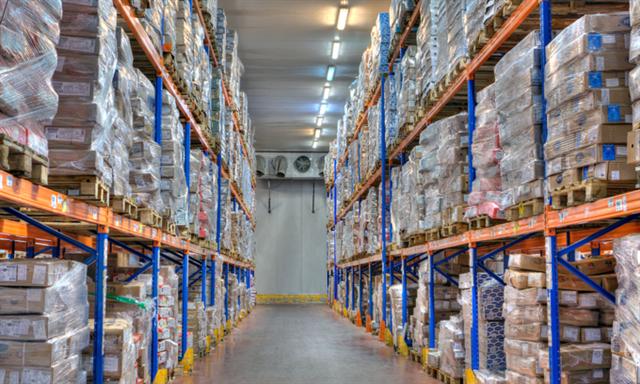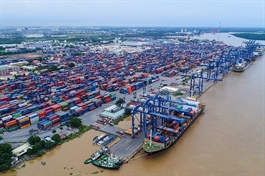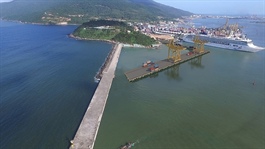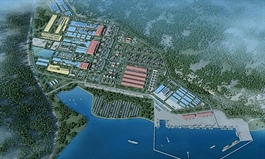E-commerce boom triggers cold storage shortage
E-commerce boom triggers cold storage shortage
Vietnam is facing a shortage of cold storage facilities as demand for fresh food preservation rises with the ongoing e-commerce boom.
Good stored inside a cold storage. Photo by Shutterstock/Grigvovan.
|
The nation’s cold storage facilities had to operate at maximum capacity during the Covid-19 period last year after 30-50 percent of seafood orders were canceled, said Trang Bui, head of markets at real estate consultancy JLL Vietnam.
Vietnam is the world’s third largest seafood exporter.
The country’s cold storage facilities are mostly located in the southern region because of the large demand there, and 60 percent of the market share is owned by foreign investors, according to JLL.
One reason for the limited supply of such facilities is that their construction takes more time and costs more than that of other asset types.
A cold storage investment is two to three times that of a normal storage facility and construction takes up to six months longer.
The leasing period for such facilities typically ranges from 15-20 years, which makes supply even lower, Trang said.
Michael Ignatiadis, JLL Asia Pacific’s head of supply chain and logistics solutions, said the fast-expanding middle class in Asian countries is pushing up demand for fresh food delivery and therefore the need for cold storage.
Demand for grocery deliveries is set to rise 30 percent annually in the Asia Pacific region until 2024, according to market research company Forrester.
Despite the surging demand there are very few companies participating in Vietnam’s cold storage market, and none has provided a complete supply chain, Trang said.
"As Vietnam’s cold supply chain is decentralized and mostly operated by small and medium suppliers, cold storage facilities are major investment opportunities," he added.



























